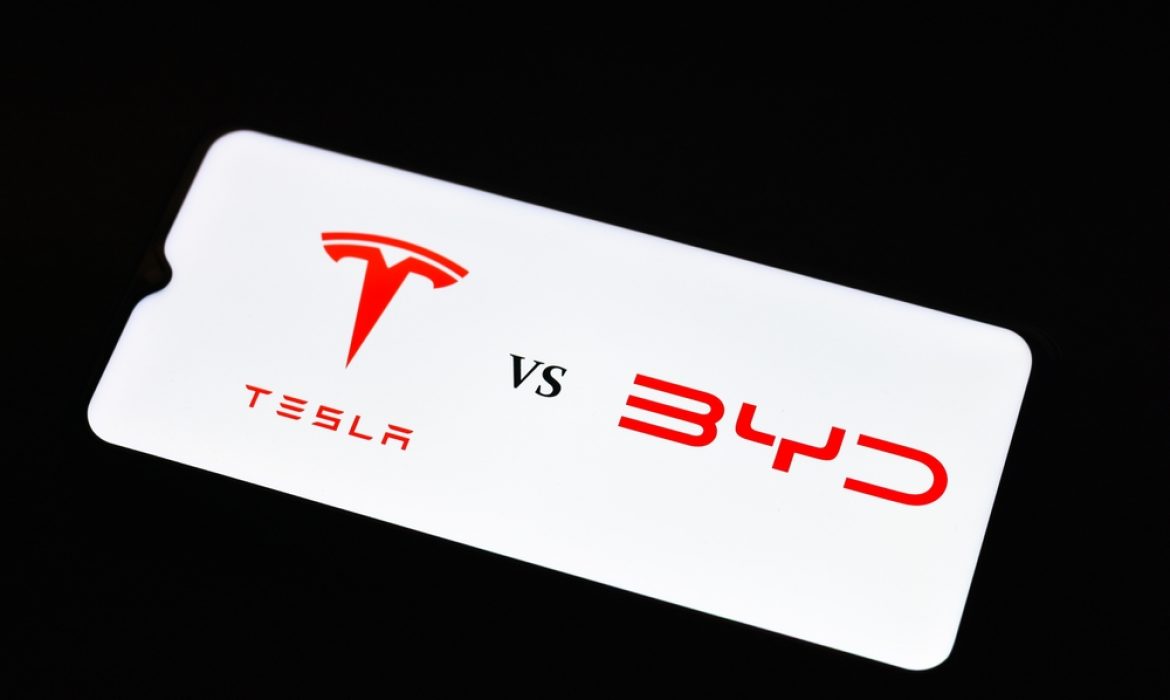According to TrendForce, global sales of NEVs (New Energy Vehicles), encompassing BEVs (Battery Electric Vehicles), PHEVs (Plug-in Hybrid Electric Vehicles), and FCVs (Fuel Cell Vehicles), are expected to hit 13.03 million units in 2023, marking a growth rate of 29.8%. However, this represents a significant slowdown from the 54.2% growth rate witnessed in 2022. BEVs make up a substantial portion, amounting to 9.11 million units with a growth rate of 24%, while PHEVs reach 3.91 million units, boasting a more impressive growth rate of 45%.
China continues to hold the lion’s share of the NEV market, accounting for approximately 60% of the global market. Nevertheless, growth in China is stagnating due to the high base effect, and lackluster sales growth in other regions fails to compensate for this decline. Consequently, NEV sales growth is anticipated to decelerate, with an estimated 16.87 million units projected to be sold in 2024, accompanied by a growth rate of 29.5%.
In the realm of BEVs, Tesla remains the frontrunner in 2023 with a market share of 19.9%. However, BYD emerges as a formidable challenger, narrowing the sales gap with Tesla to a mere 248,000 units. BYD’s success is attributed to its consistent performance in China and its expanding global presence, bolstered by the activation of overseas bases. TrendForce suggests that BYD has the potential to disrupt Tesla’s dominance in the BEV market for the current year.
Meanwhile, GAC Aion secures the third position for the first time, with SAIC-GM-Wuling and Volkswagen slipping to fourth and fifth place respectively. Luxury brands BMW and Mercedes-Benz intensify their electrification efforts, securing sixth and eighth places respectively. Hyundai Group, encompassing Hyundai and KIA, maintains their positions thanks to sustained sales growth.
In the PHEV market, BYD and Li Auto emerge as the top two players, with Li Auto posting an impressive 182% growth rate in 2023. Li Auto’s rapid market share growth is fueled by its strategic focus on mid-size and large SUVs, catering to family-oriented consumers. Traditional stalwarts BMW and Mercedes-Benz occupy the third to fifth spots, albeit facing declines in Europe due to sluggish PHEV sales.
Moreover, Chinese brands like Changan, Denza, and Deepal debut in the top ten rankings, underlining the competitive edge of the Chinese market. TrendForce anticipates that as Chinese brands accelerate PHEV exports, established automakers will face further pressure on growth margins.
Despite China’s slowing domestic growth, automakers are aggressively establishing overseas bases to sustain momentum. Chinese brands enjoy significant advantages in terms of vehicle diversity, pricing, and smart features. Overcoming challenges associated with reliance on a single production site is crucial for sustained growth. However, the potential escalation of trade barriers may hinder the global spread of Chinese NEVs.
In the U.S., a ban on Chinese-made battery components starting in 2024 threatens the eligibility of many EV models for subsidies. While automakers like GM offer equivalent federal tax credits of $7,500, disruptions in the Chinese supply chain hinder efforts to drive down EV prices, posing additional challenges for the industry. Source: TrendForce


